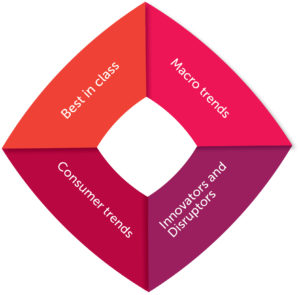 Our trend forecasting is based on 4 aspects – Macro-Trends (technological and digital trends, regulation, mega-trends, economic changes etc.), Innovators and Disruptors (emerging companies that make the formerly impossible – possible and create new expectations), Best in Class (we follow the leading competitors in each industry, to see where they are taking the industry) and Consumers (we have access to global and local surveys and sales data, and monitor search trends to understand met and unmet needs and themes).
Our trend forecasting is based on 4 aspects – Macro-Trends (technological and digital trends, regulation, mega-trends, economic changes etc.), Innovators and Disruptors (emerging companies that make the formerly impossible – possible and create new expectations), Best in Class (we follow the leading competitors in each industry, to see where they are taking the industry) and Consumers (we have access to global and local surveys and sales data, and monitor search trends to understand met and unmet needs and themes).
This analysis pertains to: Innovators and Disruptors.
In July 2018, we attended New York’s “Fancy Food Show”, in order to review the most interesting innovations in F&B straight from the field, and to help our clients find partners and discover opportunities.
This report features the trends we believe to be shaping the food & beverage industry in 2019: lifestyle adjustments – from vegan to keto; “hot” ingredients – such as cauliflower, tea, coconut, cold brew coffee and nut butters; stress-free solutions – such as on-the-go BFY consumption; and the search for quality protein and “healthy fats” is changing the industry this year. Ethnic flavors, ginger and cardamom are to be found in every category; and sustainable, bean to cup / bean to bar “clean” products take the rein. If last year was about “small batch” and “hand made” – this year is NUTS. In the pure sense of the word. If last year was about protein – this year is gut health.
1. Better For All (BFA)
Consumers tend to merge sustainability and wellness considerations, a phenomenom we dubbed: Better For All (BFA). This combines “better for me”, “better for the environment”, “better for animals” and “better for society”. BFA seems to be the main engine of product innovation at the Fancy Food exhibition.
Plant-Based: plant-based food and beverages are on the rise, as products concentrate on nutrient-packed and protein-rich sustainable ingredients. Examples include peanut, almond and seed butter as the base for snack bars or to indulge with a spoon; using ancient grains in snacks; botanical extracts; and snackification of vegetables and fruit. Notable ingredients in Fancy Food were chickpeas, honey and – still – coconut. Cauliflower‘s versatility made the vegetable appear in various categories, as a low-cal, low-carb, plant-based alternative. Seeds, including chia, sunflower, flax and pumpkin, were commnunicated as super-foods. Legumes and pulses benefit from this trend.
- Enlightened: rebranding of “bada bean bada boom” broad beans snack.
- Way Better sprouted snacks: “Bursting with sprouted seeds, beans, and grains, we’ve unlocked all the goodness inside your favorite snack with a way better crunch.”
- A pea-based snack
- Crunch-a-mame: organic edamame puffs.
- From the Ground Up: Cauliflower Pretzels and Crackers.
- The Hippeas car – a retro choice to fit the bill
- Enjoy Life (Mondelez): new Grain & seed bar with plant-based protein. Gluten and nut free, “allergy friendly”
- Kakookies: Plant based better for you breakfast cookies for on-the-go consumption.
- Allergy Free brand – “Made Good”
- NuttZo Butter: “a medley of seven organic nuts and seeds. Offering three savory flavors in crunchy or smooth, available in a 12oz. jars, single serving packets and soon refrigerated snacks!”
- Suja: this Coca-Cola backed plant-based beverage company, launched some interesting innovations this year. One of them is this organic plant protein milk. “Suja unsweetened plant-based milk is the perfect swap for dairy milk, with just as much calcium, no added sugars and a good source of fiber”
- Koia: plant-based beverage – “plant powered nutrition on the go”.
Dairy Free: Beyond vegans and vegetarians, dairy-free appeals to a large population of H&W seekers who feel that dairy is hard for them to process, is less healthy than alternatives and/or is not morally produced. The dairy-free “milk” and yogurt category was very dominant in the show. Desserts – whether chilled or frozen – empahsize their creamy texture and great taste, as these are key trial and preference factors for these categories.
- Organic Nectars: Cashew organic ice cream. “You’ll be truly amazed by our award winning Cashewtopia – a revolution in frozen desserts”… “as smooth, creamy and delicious as a gourmet ice cream should be, but without the guilt”
- Coyo: Organic coconut milk yogurt “slow cultured”, ice cream and yoghurt pouches for kids. “Our divine dairy free coconut yoghurt alternatives, dairy free vegan ice creams and savoury coconut mezze dips have a melt-in-the-mouth creaminess unlike anything else”
- Coconut Collaborative: a dairy-free yogurt alternative, vegan and based on coconut. “Already a huge success in the UK and Europe, we fancy spreading the goodness Stateside! We have created the creamiest most indulgent treats that are free from dairy but not temptation, and made them low in sugar & gluten free to make them that much easier to share.”
- Fora’s FabaButter: “Michelen-star chef-approved”, dairy-free butter.
- Binnie’s Coconut Butter. “Binnie’s Coconut Butters are full of the good fat that our brains and bodies need to thrive. The kind of fat that stimulates our metabolism and keep us going throughout the day.”
- Elmhurst: plant based milks mentioning the number of nuts included in the drink; Malk: “cold pressed” plant based organic milks.
Minimally Processed: raw and unprocessed ingredients, that seem minimally processed and offer “clean eating”, lead health and wellness trends as evident by the Fancy Food Show. Real Food is a leading positioning claim. Vegetables (notably cauliflower) and fruits are the stars.
- Outer Aisle Gourmet Sandwich Thins
- Caulipower Frozen Pizzas & Pizza Crust
- Tio Gazpacho: Chilled and drinkable soup.
- K+M Chocolate: Chocolate with extra virgin olive oil, rich in antioxidants, “bean to bar”.
- Rind Fruit Snacks: Skin-On Superfruit Snacks.
- Peekaboo Organic Ice Cream: contains “hidden” vegetables you can’t taste, for additional nutritional value.
Functional made Personal: consumers continue to expect specific benefits from food and beverage. Notable claims at the show were energy, weight management, heart and bone health, and nutraceuticals which benefit beauty and appearance. We expect Ayurvedic products to rise in the US in the coming years, as they combine gut health with personalized nutrition.
- Yum Butters: Butter in resealable pouches, also with probiotics and in a single serving pouch.
- Remedy Organics: “100% plant based functional wellness”. “Our products are handcrafted in small batches and are certified USDA organic, vegan, gluten-free, dairy-free, and soy-free. Our plant-based protein beverages contain the finest Nut Milks, Superfoods, Ayurvedics, Botanical Herbs and Probiotics with functional benefits that go well beyond hydration and general nutrition.”
- “iQ juice blends are functional and flavorful, designed to deliver great taste while addressing common lifestyle health issues.”
- Tea Squares: tea infused energy snacks.
- Loco: cold brew coffee & coconut water. “Coconut water is naturally sweet and is also known as nature’s sports drink.”
- Nuts ‘N More: High protein butters, single serve packs.
Ethical and Sustainable: Consumers try to be more responsible in regards to animal welfare, social rights and the environment. Bean to Bar and Bean to Cup were two prominent themes. This usually involves on pack storytelling.
- Unreal chocolate snacks: non-GMO, sustainable, fair trade
- 88 Acres is a sustainable “farm to bar” snack.
- Goodnow Farms Chocolate: single origin, small batch, true to the bean. “To create our single origin bars, we seek out farmers who grow cacao beans with the greatest flavor potential. Our search has taken us to remote villages and small family farms throughout Mexico, South America and Central America. We’ve been rewarded by discovering extraordinary producers of fine flavor beans”
- Zotter chocolate: Bean to bar, bio, fair. “Our focus is on variety, quality and innovation, we practice creativity, sustainability and 100% organic and fair trade quality with physical traceability”
2. Food as an Experience
Millennials and Gen-Z “experience over stuff” mentality is entering food and beverages: companies are responding to these venture-seeking consumers with new formats, extraordinary or out of context ingredients, and Do-It-Yourself, personalized solutions. Digitalization also enables to offer a more compelling experience. In Facny Foods, we didn’t see many personalized (or even Ayurvedic) products, which we expect more of in the coming years.
Around the World: Products offering ingredient and flavors that “take you” to a tour around the world, combining ethnic flavors or exotic ingredients. These offer a global, sometimes extreme experience, appealing especially to Millenials and Gen Z consumers who are more adventure seeking than previous generations. Most popular in Fancy Food were ethnic flavors and condiments, in addition to spicy additions. We saw a lot of ginger and cardamom in the exhibition. Tea, and matcha specifically, are gaining popularity.
- Wild Hibiscus Flower Co Blue Lotus syrup and blue matcha tea powder
- Tea-rrific: All-natural ice cream “crafted with fresh brewed tea”.
- A “tropical treat” – Retreat juice
- Kitchen of Love Cauliflower Quick Meals: Grain-free Cauliflower Meals with ethnic flavors (Indian, Moroccan, Peruvian) and aromas. Fully Cooked & Ready To Eat – Spork Included. Vegan.
- Saffron Road chickpea snacks “with the world’s most irresistible flavors”
- Vivra Chocolate bars: exotic flavors, single origin handcrafted bean-to-bar.
Storytelling: Positioning of products as local, artisanal, produced in small batches; sharing brand history and origin; etc. to create an emotional connection to the brand, selling the story beyond the product.
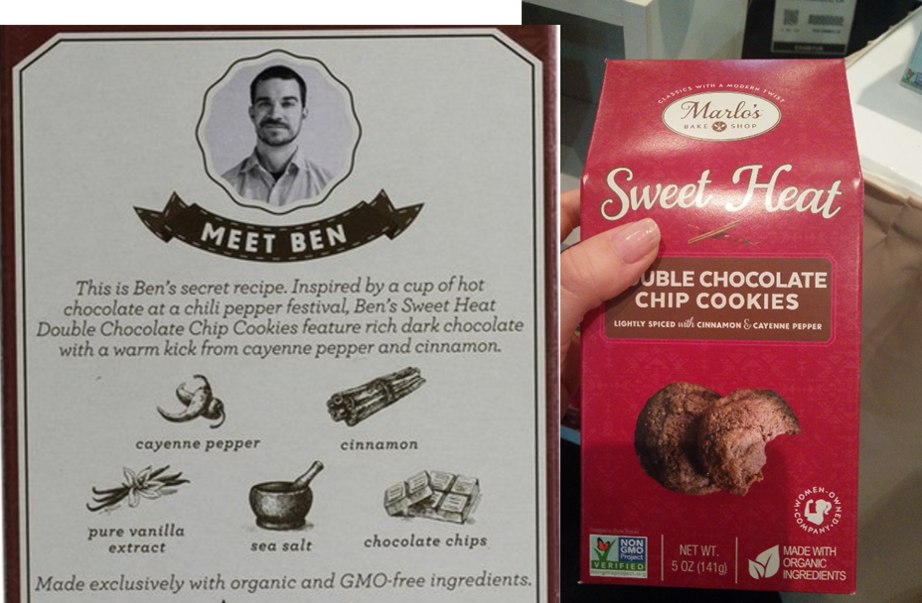
Marlo’s bake shop: Women owned business. Recipes developed by using social media and choosing family recipes from followers and consumers. The company puts the creator’s name and story on the package.
DIY: Consumers have access to more information than ever before, and they can – and want to – do things their own way. Personalization and customization is a way of life in today’s digital world, as is a sense of control. To top it all, more and more consumers want to feel more connected to nature. As a result, consumers take interest in kits and do it yourself solutions, which make them feel empowered and capable.
- Don Francisco’s Coffee: Cold Brew DIY – Brew it yourself.
- Grady’s Cold Brew Kit.
- Make your own vegan yogurt
Like A Pro: Foodie consumers have grown accustomed to interesting, innovative flavors from out-of-home consumption, and they wish to repeat that experience with their home cooking. Manufacturers are following suit, with innovative textures and flavors which give a final touch to the home cooker’s dish, without much effort. A lot of “mixers” that create an AFH, at-home bar experience, and cold brew coffee.
- The Bitter Housewife Cardamom Bitters
- Wandering Bear cold brew. “Cold brewed super powers, to supercharge your every day. Delicious, undeniably strong, surprisingly smooth ready-to-drink cold brew coffee. Fair Trade and Organic, of course. On tap or on the go”
- Haven’s Kitchen Sauces: organic, vegan, gluten free. “cooking and cleaning. Created to make home cooking more delicious, convenient and fun, Haven’s Kitchen Sauces can be used as a finished sauce or as an ingredient in your favorite dishes.”
3. Indulgently Healthy
Indulgence, more than a trend, is a prerequisite for other developments and innovations in food: many trends represent attempts to accommodate the ever-present demand for indulgence while satisfying other needs. Today the main challenge food companies face is to offer better- for-you products that do not compromise consumers’ enjoyment and taste. At the show, we noticed a “merging” trend: cross-category indulgence – mixing between formats, flavors and textures, to create a surprising and novel sensorial experience, translated into a unique experience.
Premium: Hand-made, crafted, curated – as well as rare and professional ingredients that help differentiate everyday products
- HU Chocolate: fair-trade, organic, “70% stone ground dark chocolate”. Paleo + vegan, dairy-free
- Hammonds Marshmallow: A handmade indulgent snack, “small batch cooked”.
Indulgent Cues: Ingredient such as chocolate and butter (plant based) which suggest a smooth, rich experience. Textures such as “creamy”, “whipped” also add indulgent insinuations.
- Beyond the Equator 5 seed butter: “Five Seed Butter is a peanut-free butter created from sunflower seeds, chia seeds, hemp hearts, flax seeds, and pumpkin seeds. The combination of these seeds makes for an allergen-friendly butter that provides a wide variety of health benefits. Processed in a facility free from peanuts, tree nuts, soy, gluten, dairy, egg, and sesame.”
- The Amazing Chickpea Butter: “With a mixture of chickpeas, sunflower seeds, olive oil and cane sugar, The Amazing Chickpea captures the essential flavor that people love so much”.
- Wild Friends: Single serve nut butter packets, oats with a nut butter packet.
Surprising Sensorial Experiences: Adult consumers search a compelling consumption experience, with an “out of context” ingredient. Flavor combinations, hybrid categories and unexpected formats or textures are included.
- Rise: Nitro Cold Brew in various flavors. A hybrid coffee-soft drink
- Bebeto gummy candies – cobranding with Crayola.
- Colorful cues on the Salt Road Taffy brand
- Ito En MatchaLove Cold Brew Teas
- Epicurean Butter compound butters
- Ginger ale – hand made, sugar free
Guilt-free Indulgence: using healthier ingredients in indulgent products: less or no sugar; functional ingredients; aerated textures that offer less calories; etc.
- Bienna chickpea snacks: “roasted chickpeas make a great travel, home & work snack”
- Smashmallows: rice crisps from “simple ingredients”.
- North Mallow: Artisanal made. “Each batch is locally crafted in Minneapolis, Minnesota and creates new campfire memories for friends and family to share together.”
4. Stress Free and Gut Health
Stress is a huge consumer concern this days; and companies use convenience, new consumption opportunities, as well as fun, humour and nostalgia in marketing, to create a less stressful experience. The gut-mind connection, as key to holistic wellness, was evident in many products. Mindfulness is an emerging claim.
Gut health, specifically probiotic and prebiotic fibers, was very prominent this year. The search for better digestive health includes allergen-free products, as people suffering from gastrointestinal symptoms consider themselves sensitive to certain ingredients.
- Eggurt : Dairy free drinkable yogurt alternative with 16 grams of protein and probiotics. Gluten free, soy free, made from pasteurized egg white.
- Famous for its gut-loving kombucha, GT’s has expanded its digestive health line with “Living” veggie kefirs & coconut yogurts.
- Melt: a vegan “butter” spread with probiotics.
- Vegan Rob’s: Probiotic Dragon Puffs, “Kombucharbar” with Probiotics.
- B Iced Tea: Kombucha with probiotics.
- Wild tonic Jun- kombucha with honey: raw, live culture, gluten free.
Convenience: new product and packaging formats to cater to on-the-go snacking, sharing, and other consumption opportunities. This, again, pertains to keto-friendly options.
- Dole acai bowls: a frozen açaí blend topped with tangy fruit and crunchy granola, for a stress-free breakfast or snack.
- Truth Bar: Prebiotic + Probiotic Bar.
- Miracle noodles – dinners: carb-free and “suitable for all diets”
Allergen-free: products that are school friendly, FODMAP friendly, etc.
- Enjoy Life (Mondelez): All-purpose ancient grain gluten-free flour with protein and probiotics
- Don’t Go Nuts: “2X more protein and 2/3 less sugar per serving than chocolate-flavored hazelnut spreads”
- Don’t Go Nuts: “School safe” organic nut-free granola bars, for kids
Fun and Mental Health: Botanicals and Stress-reducing Ingredients such as functional beverages, promoting calm and relaxation. Fun and humour in branding and communication.
- Blue buddha: Organic wellness tea. Claims include “immunity, acuity, vitality” – a “mindfulness” promoting brand.
- Bakerly: crepes to go, with a playful positioning, for a “happy” on the go snack.
- Hands off my chocolate: chocolate for grown ups.
“Boosts”: the emergence of supplements and nutraceuticals – if you’re missing some collagen or protein, don’t worry, just add it to your morning smoothie or afternoon coffee. On the go and “Clean Energy” was also noticeable.
- Runa: Clean energy drink.
- Ito En MatchaLove Cold Brew Teas: Sparkling matcha energy drink with 120 mg of caffeine powered by ceremonial grade matcha. Contains caffeine, l-theanine, and antioxidants. With hints of lemon and lime, the original flavor is sweetened with natural cane sugar, and the sugar-free variety has five calories.
- Boosts of collagen, protein etc. to add to smoothies, Primal
- Suja Wellness Shots. Gut health promoting ingredients for a “happier and healthier you” on the go
- Forto Coffee Shots. “Jet-setters, parents, students, nurses, endurance athletes and first responders, FORTO is your fast coffee energy boost”
- Green Energy: Clean label energy drink.
5. Low Carb and Sugar-Free Lifestyle
Moderate carbs and low-carb diets, such as Paleo and Keto, created new takes on health and wellness. Ingredients such as MCT oil and other “healthy fats”, protein and gluten-free, grain-free and sugar-free ingredients are incorporated into snacks and beverages, for easy on-the-go consumption.
MCT Oil and Ghee: incorporated into various products, including snacks and beverages.
- Noosh butter as a snack. “Noosh Keto + MCT Oil Coffee Flavor Almond Butter (caffeine free) is specially formulated to support the ketogenic and other low carb/sugar diets.”
- Califia Farms: Cold brew coffee with protein and MCT oil, Califia cold brew single origin, Barista pack – cold brew coffee and almond milk creamer, Enhanced milks (Matcha, Ginger) Turmeric)
Grass-Fed and Pasture-Raised: the source of proteins, including dairy, poultry, meats and eggs, is important to consumers who follow “primal” diets and BFY low-carbers.

Bite Fuel: Power Bites – protein cookies. Grass fed whey
Grain-Free and Peanut-Free
: gluten-free is not enough – Paleo and Keto dieters look for legume-free and grain-free products.
- Honey Mama’s: Cacao-Nectar Bar with honey, suitable for paleo diet. Contains honey, handmade. “We make each of our bars from five whole foods: virgin coconut oil, cocoa powder, Himalayan pink salt, and either sprouted almonds or shredded coconut. That’s it!”
- Purely Elizabeth: new oat cups, overnight oats with granola on top. Vegan, gluten free. 8 grams of protein and 7 grams fiber per serving.
- Pan’s Mushroom Jerky: “Pan’s Mushroom Jerky is vegan, gluten-free, paleo friendly, a rich source of fiber and vitamin D, and delicious. This meaty-textured snack is exactly what herbivores crave and carnivores love”
Caffeine and Cold Brew: sugar-free and satisfying, Cold Brew coffee’s rise continues, with cold brew as ingredient in other products as well.
- Chameleon cold brew – new line of chilled RTD drinks with organic milk. Ethically sourced.
- Califia’s cold brew bottles
- Califia Farms’ ever-expanding coffee range, all plant-based
Alternative Sweeteners: maple, considered both a “Paleo friendly” and a vegan sweetener that is perceived as a natural alternative to processed sweeteners, is taking the center stage. Stevia and monk fruit are used as sweeteners but, unlike previous years, are not being promoted as the key product and positioning claim.
- Lily’s Sweets: stevia sweetened chocolate. “25% fewer calories, 100% indulgence”
- Enlightened: “the good for you” low-calorie ice cream. “SWEETENED WITH ALL-NATURAL, ZERO CALORIE SWEETENERS THAT WON’T SPIKE BLOOD SUGAR”
- Sap On Tap: Replenish maple tree water. “Simply put, it’s naturally filtered, nutrient infused sap created by the tree. Flowing like liquid, the sap picks up tons of antioxidants, minerals, and vitamins as it travels up from the tree’s roots – creating this subtly sweet, nutritious maple water we give to you!”
- Asarasi Organic Maple Tree Water: “Runamok Ginger-Root Infused Maple Syrup: “The possibilities for using this syrup are endless. It is delicious on pancakes and waffles, of course, but it is also great in tea, pastries, vinaigrettes, stir-fry or as a glaze. With a serious ginger kick, it can stand up to spirits and will add an exotic and sweet element to cocktails.”
- Runamok Ginger-Root Infused Maple Syrup: “The possibilities for using this syrup are endless. It is delicious on pancakes and waffles, of course, but it is also great in tea, pastries, vinaigrettes, stir-fry or as a glaze. With a serious ginger kick, it can stand up to spirits and will add an exotic and sweet element to cocktails.”
- Swell Ice Cream: High protein, lower sugar content.
In sum…



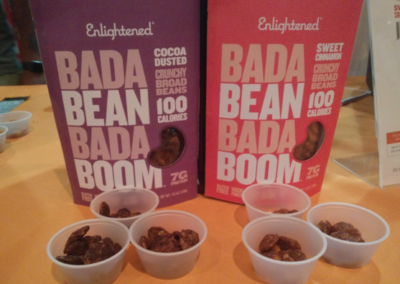
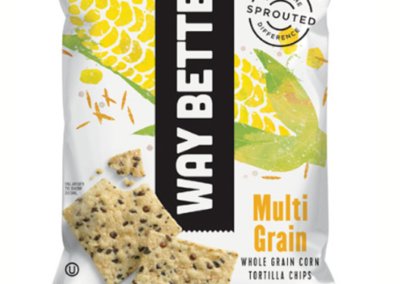

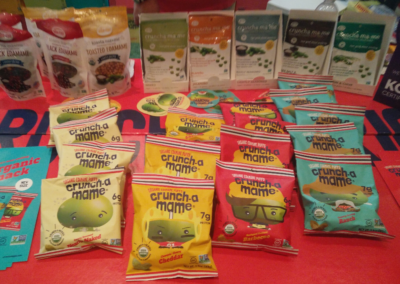
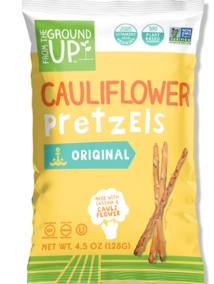

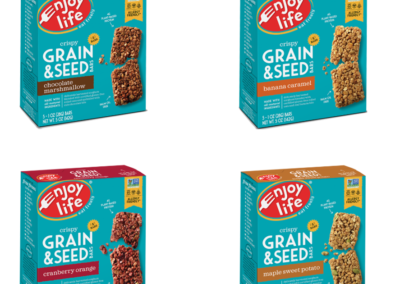
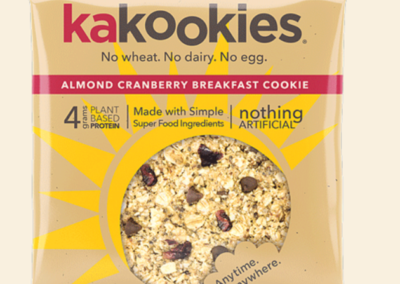
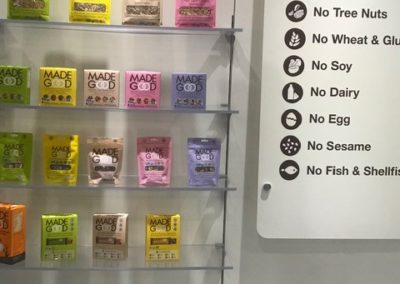
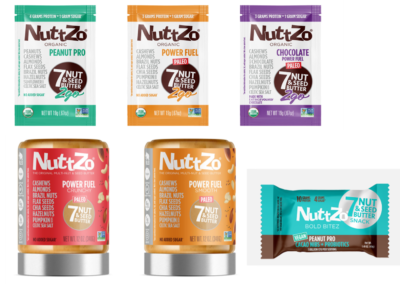
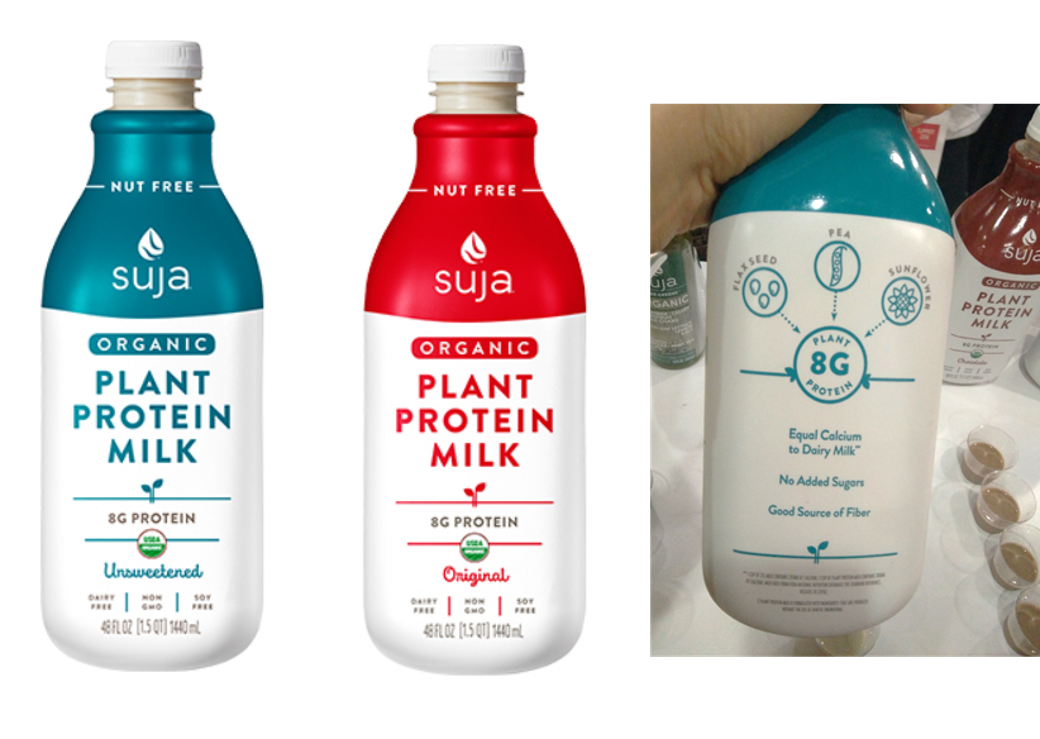
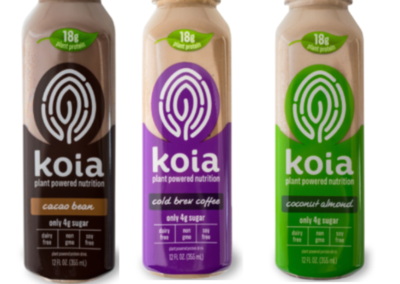
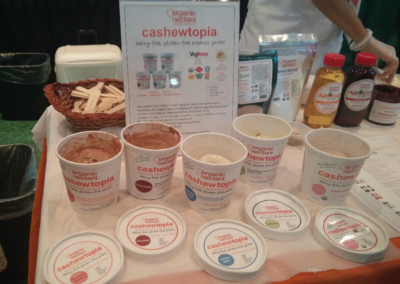
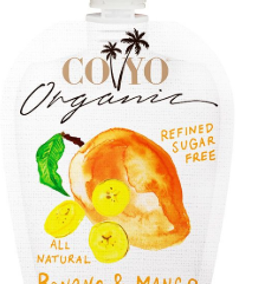
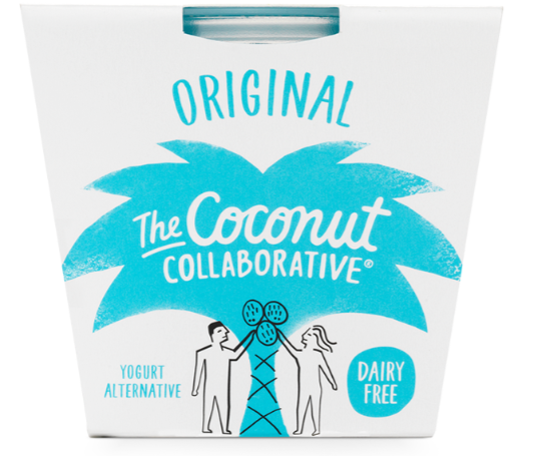
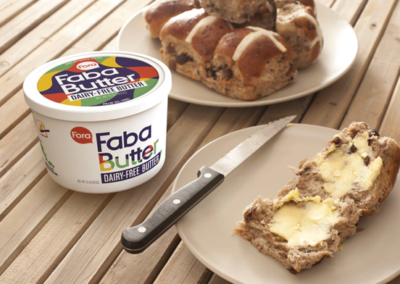
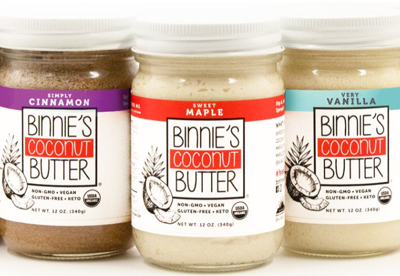

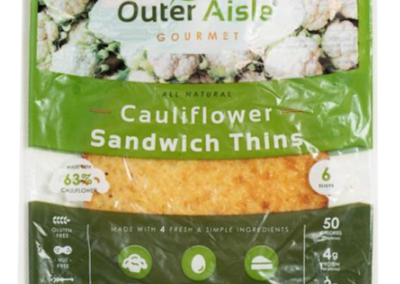
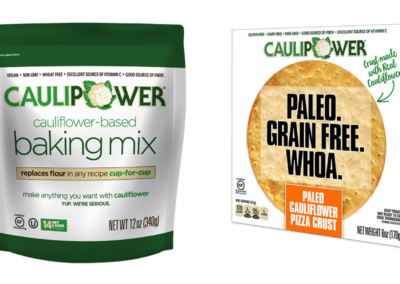
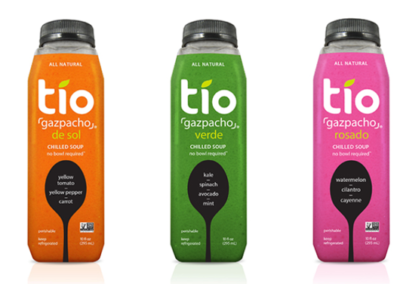
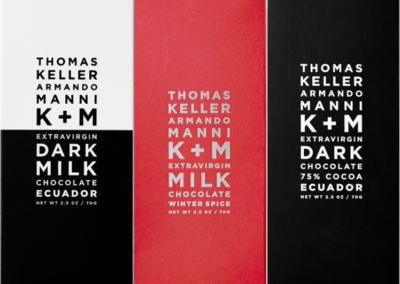
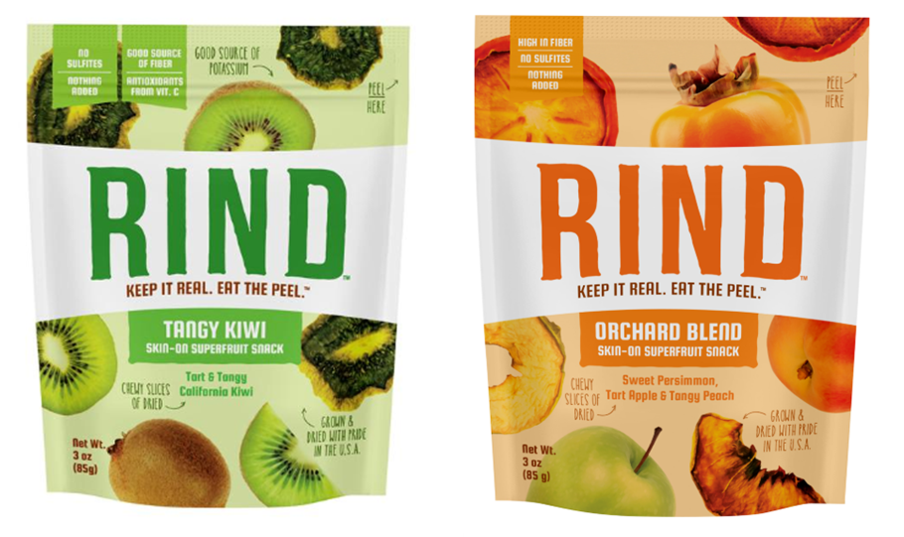
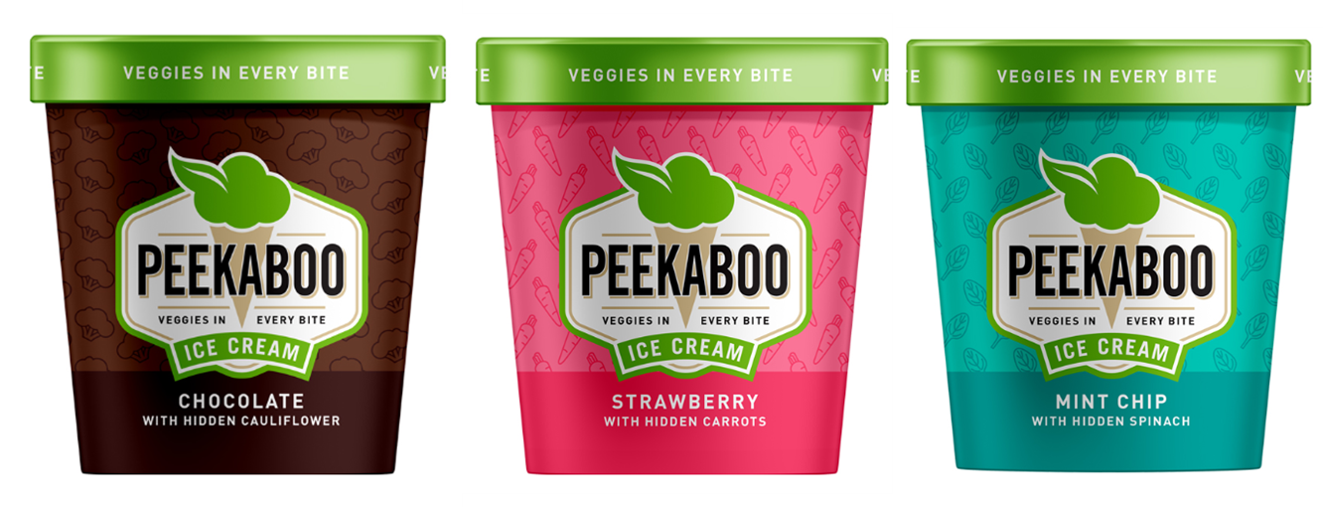
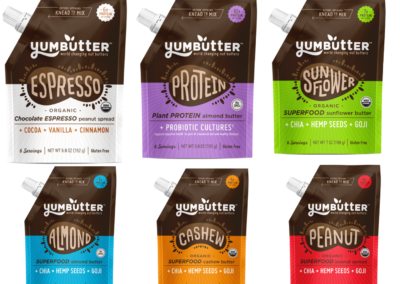
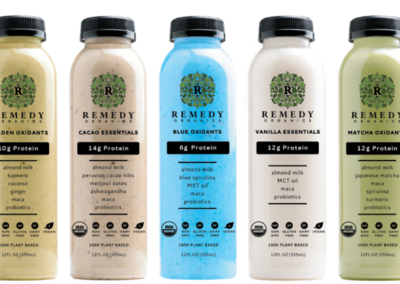

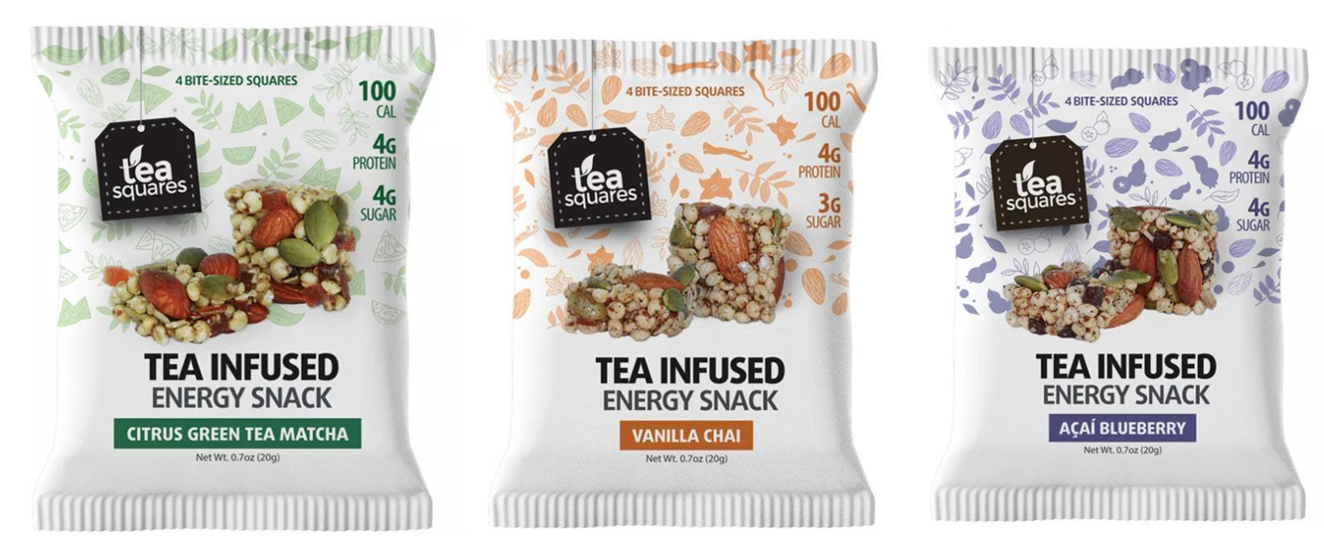
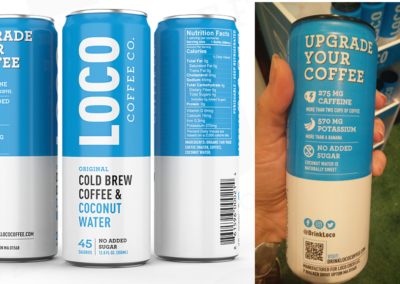
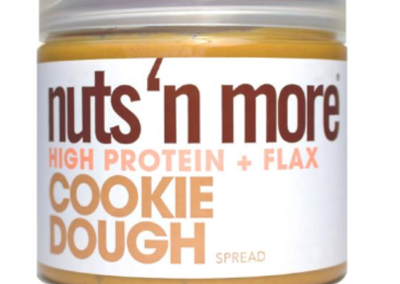

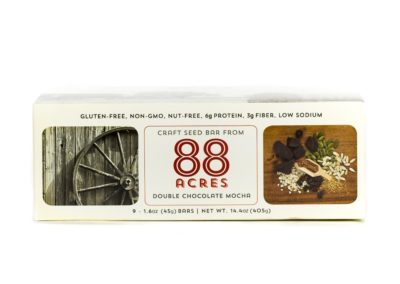
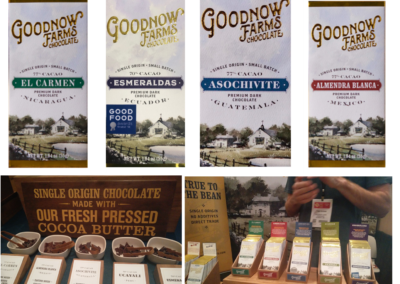

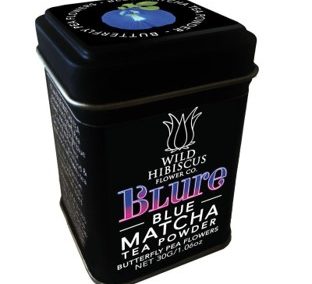
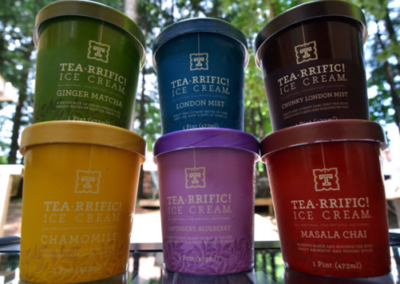
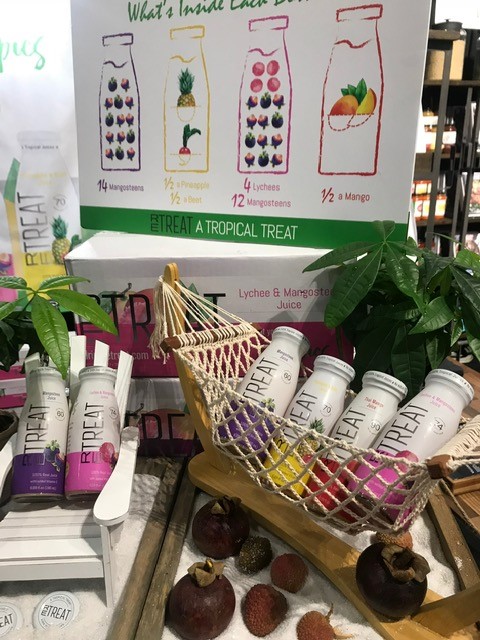
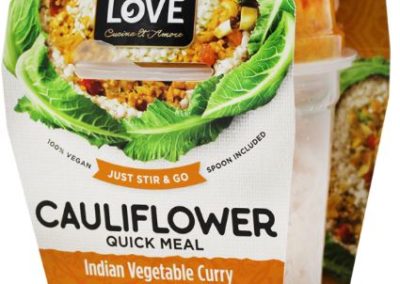
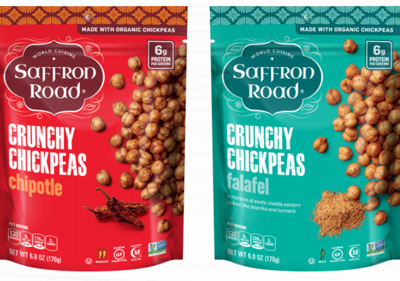
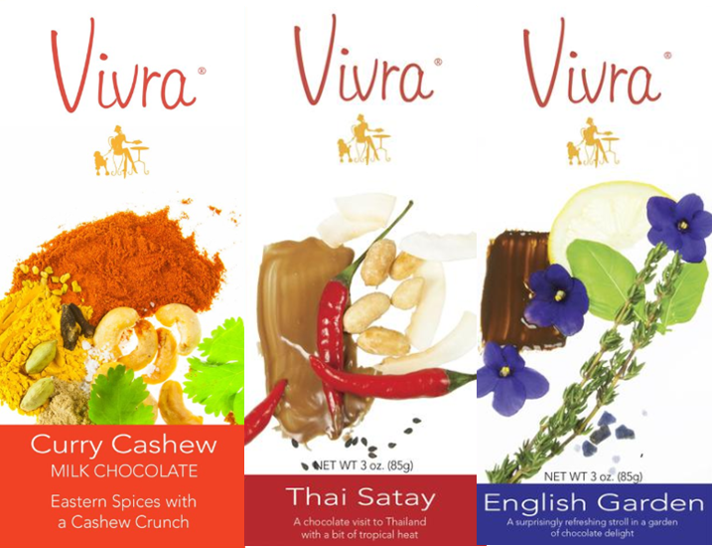
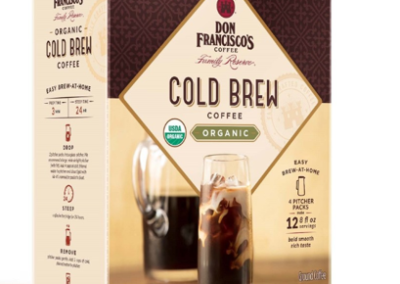
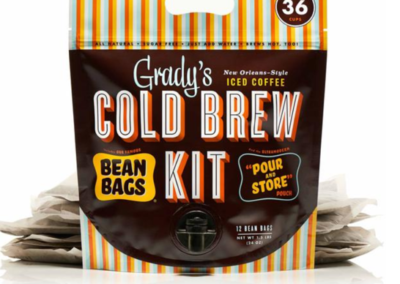
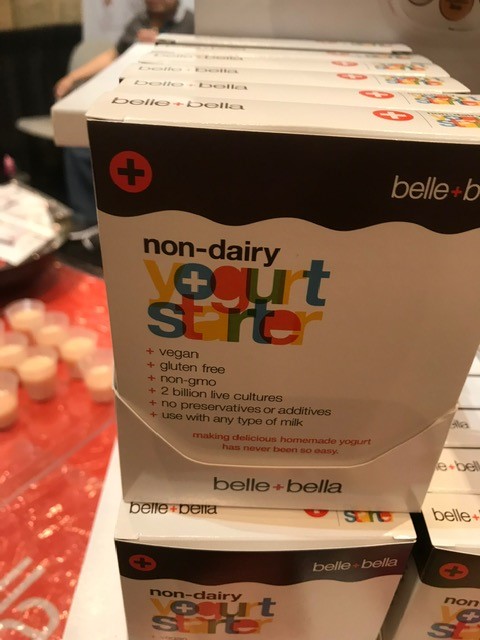
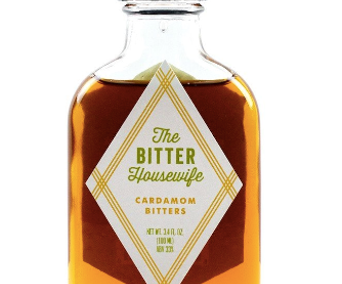
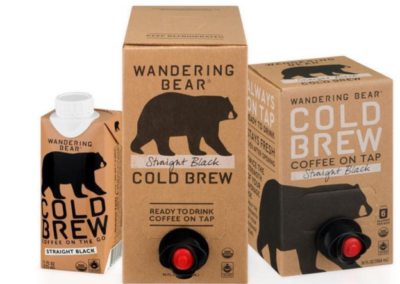
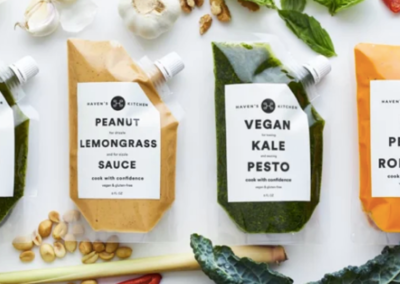
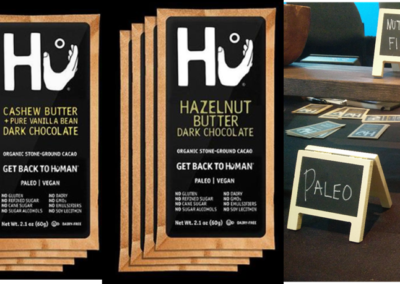
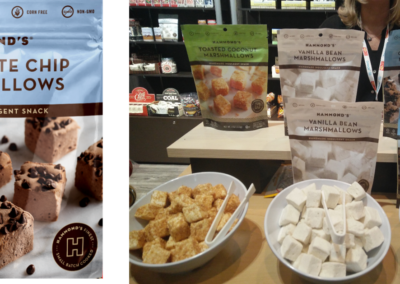
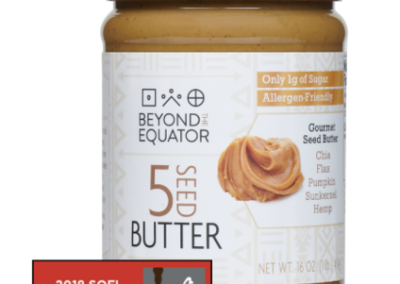
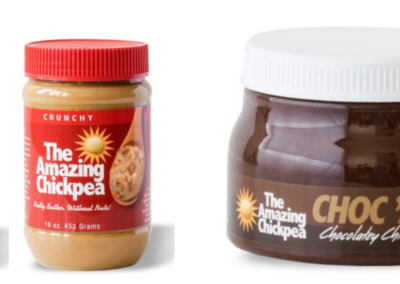
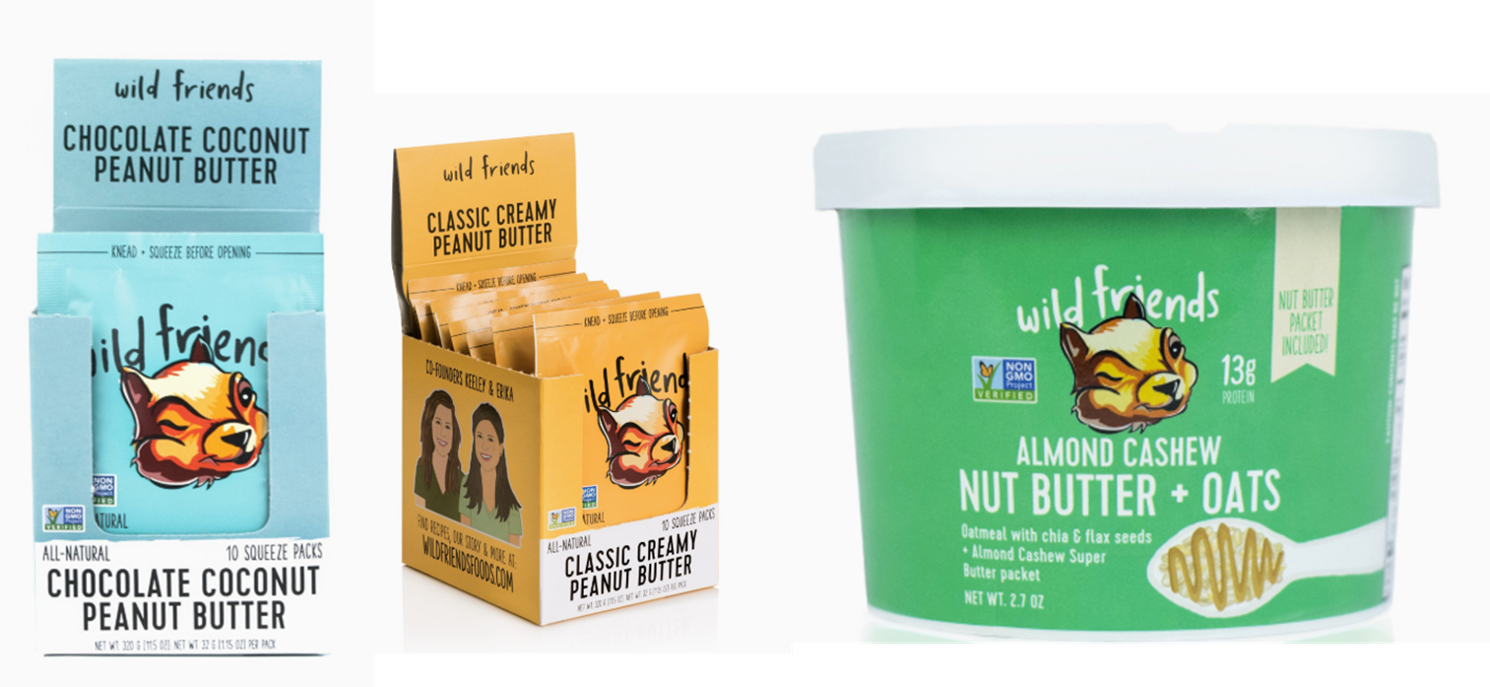
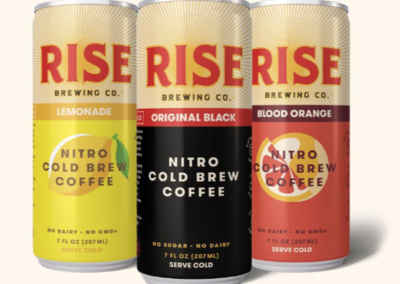
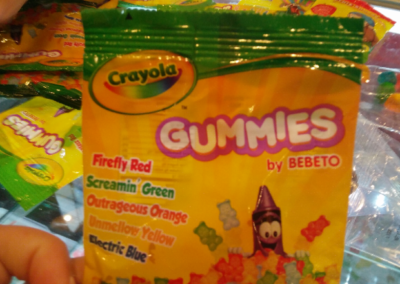

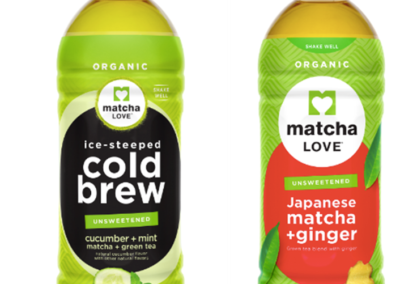

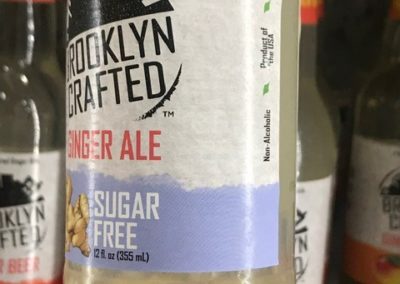
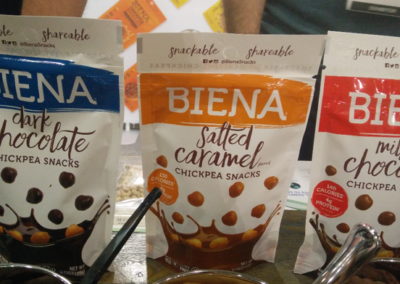

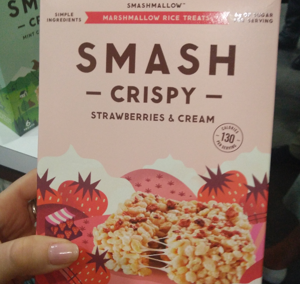
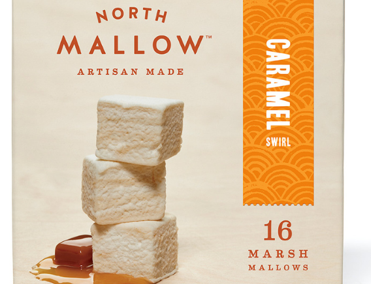
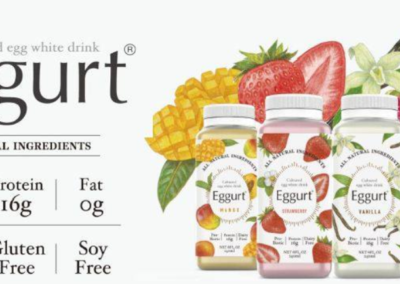
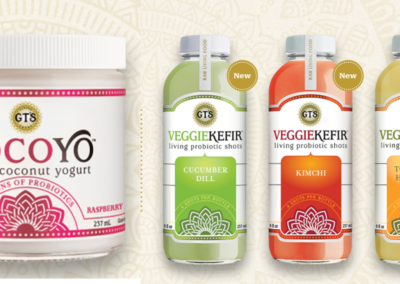
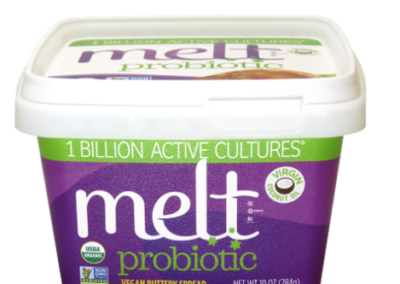
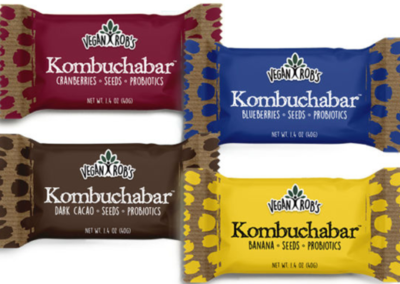
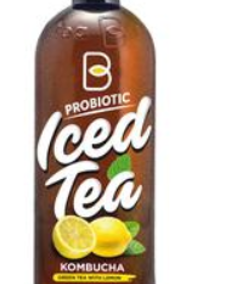

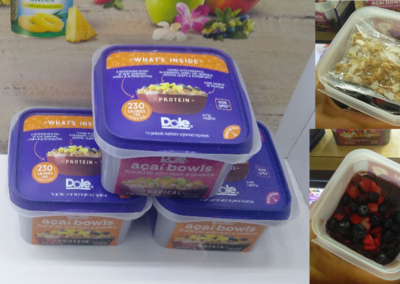
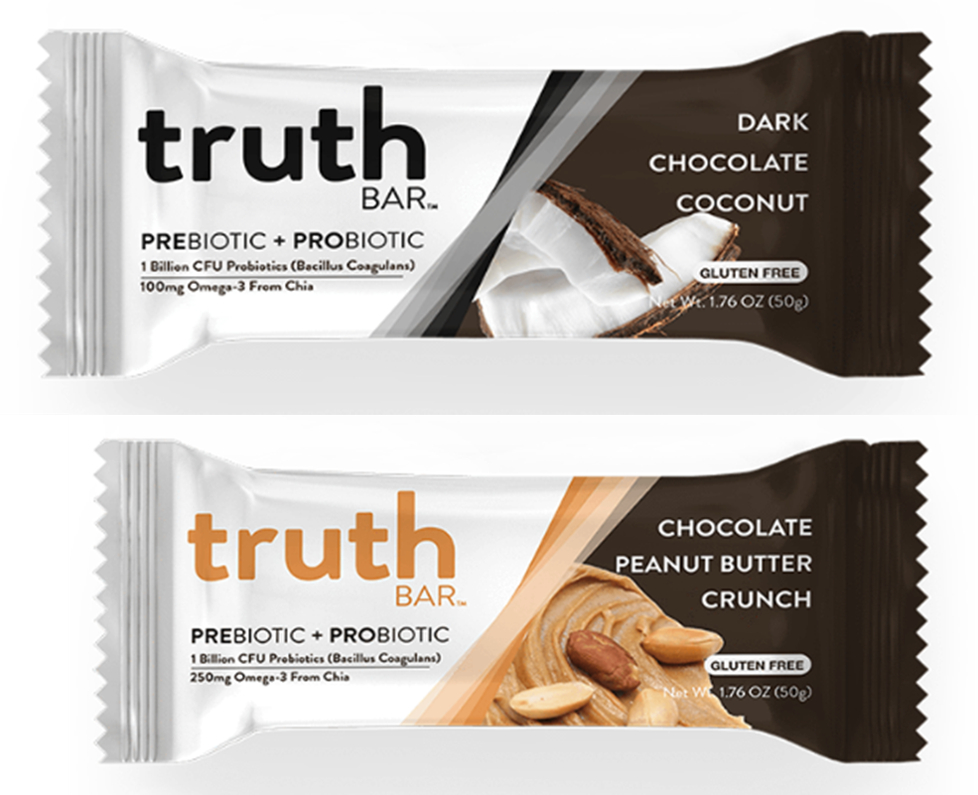
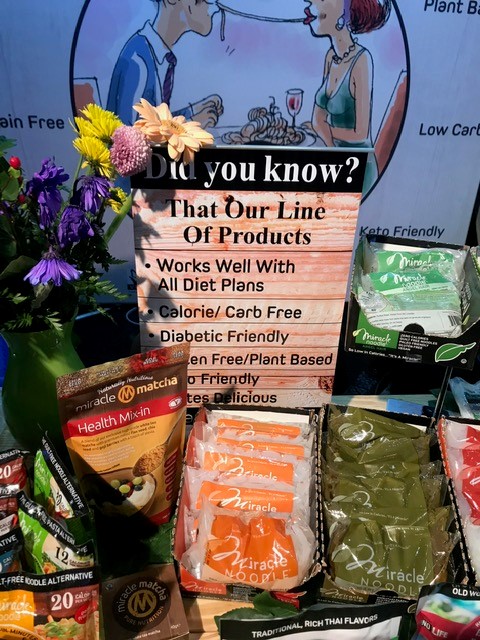
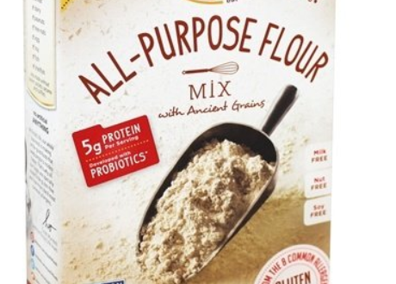
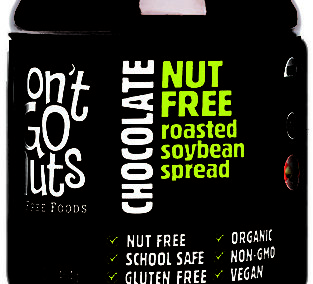
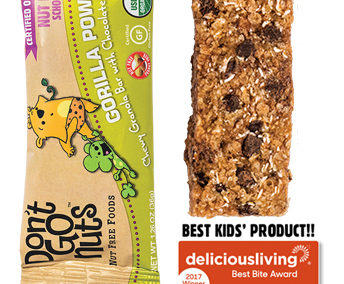
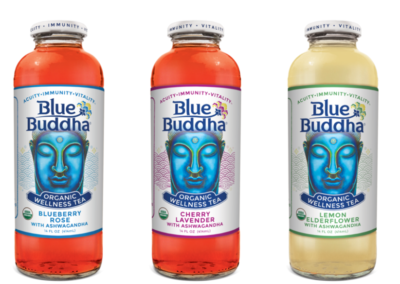
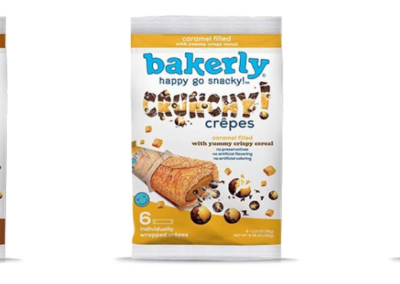

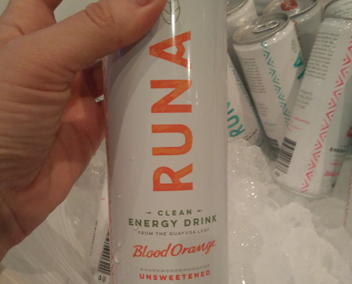

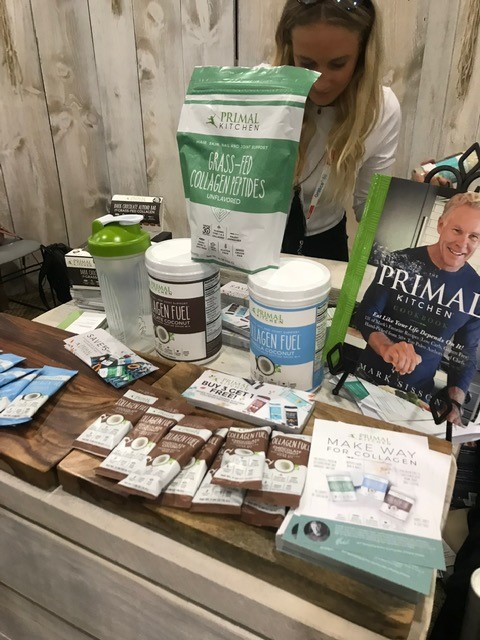
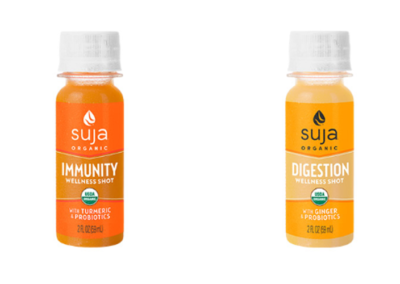
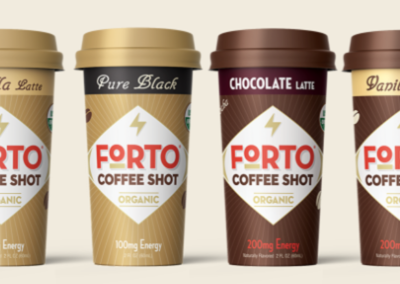
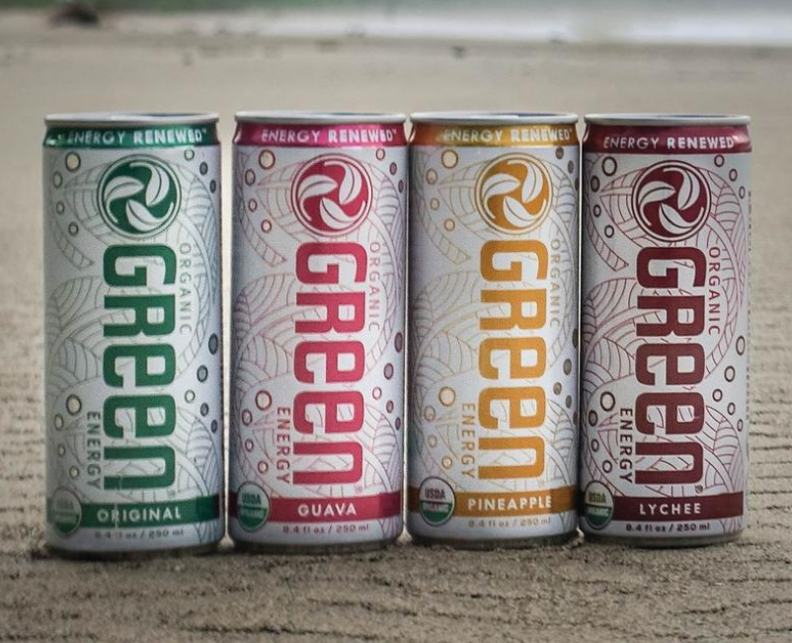
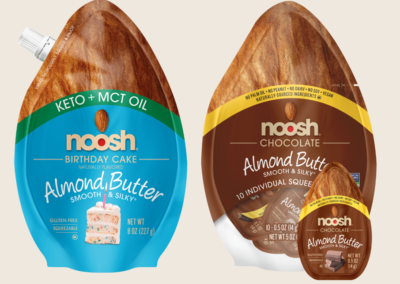
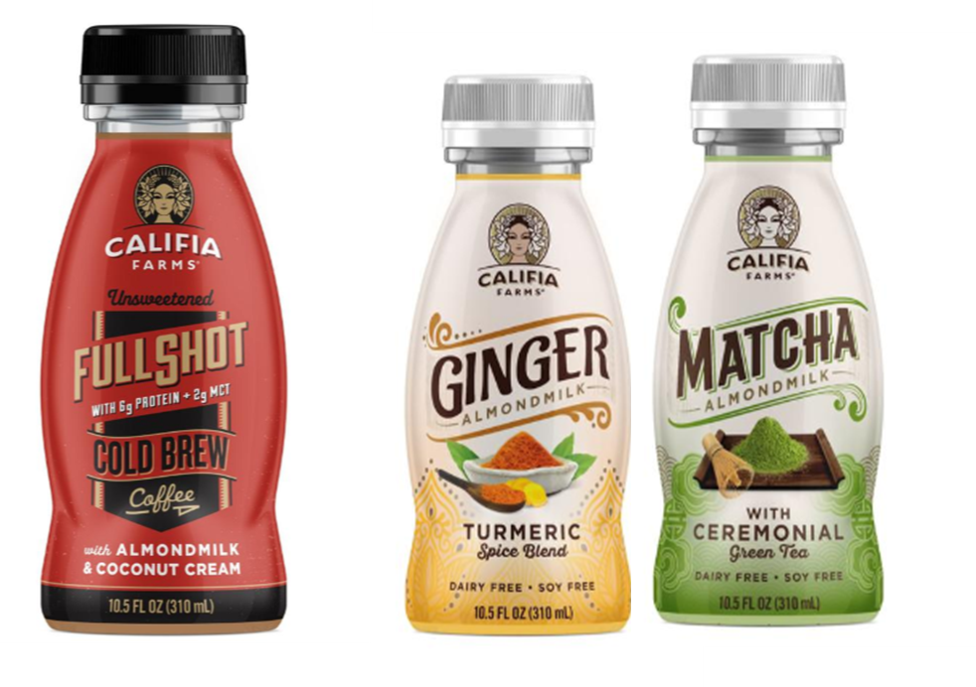
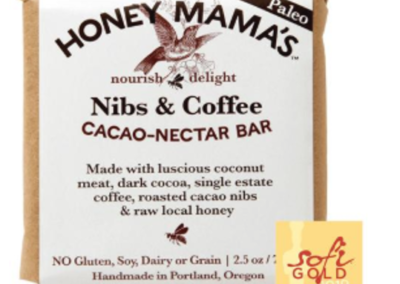
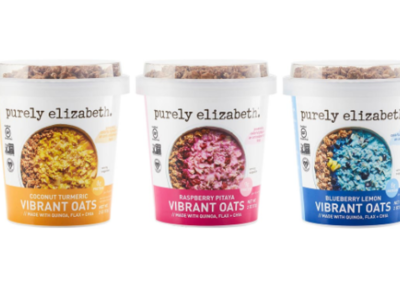
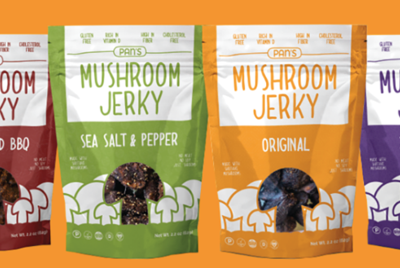
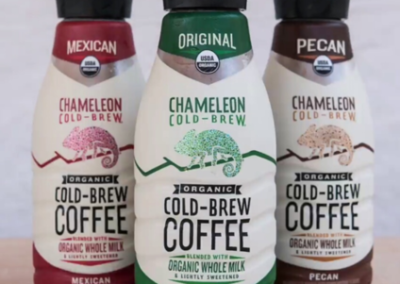
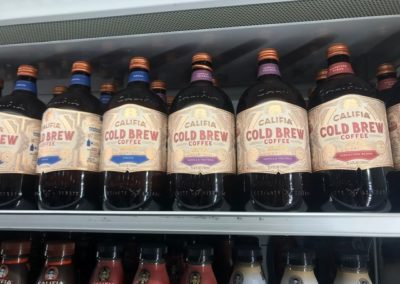
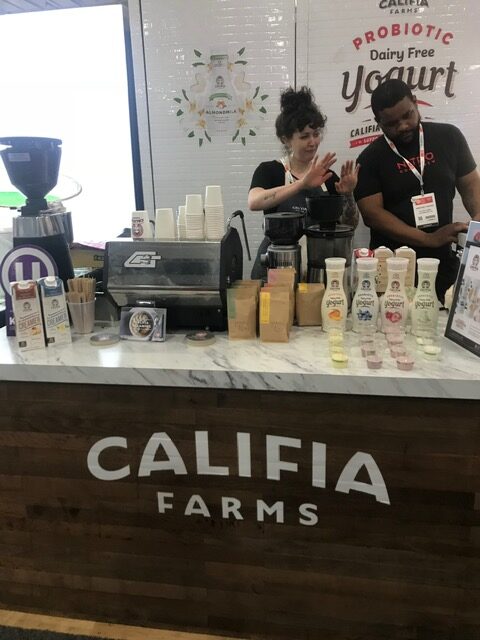
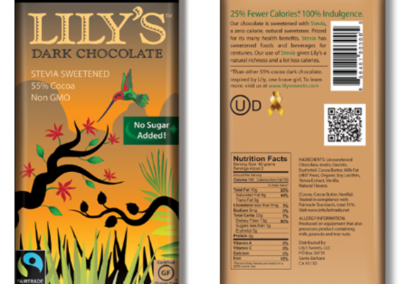
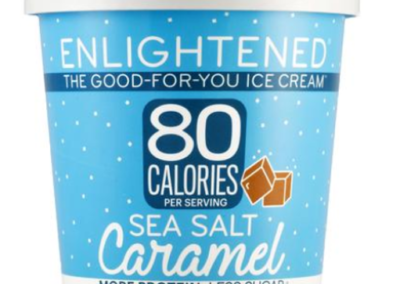
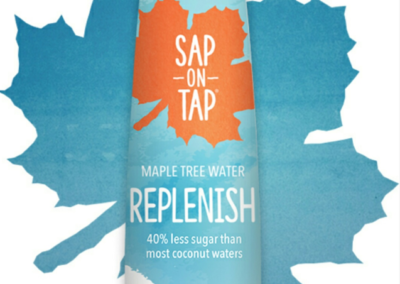
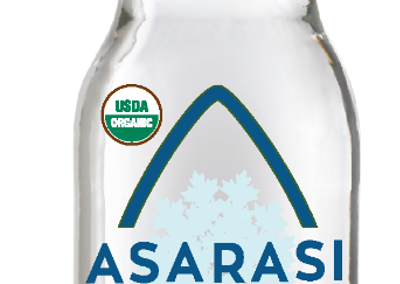
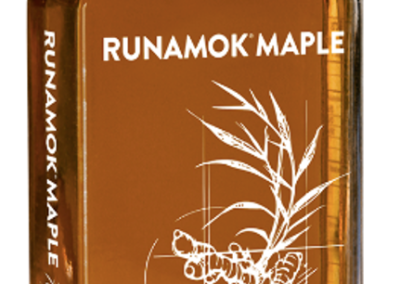
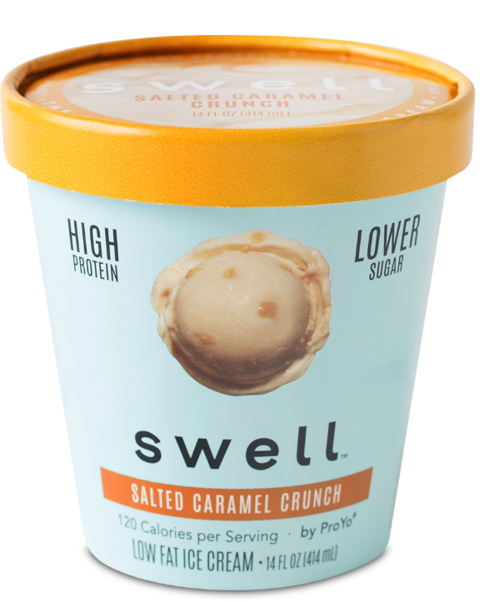
Trackbacks/Pingbacks